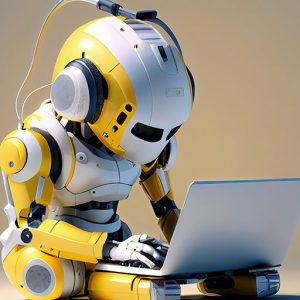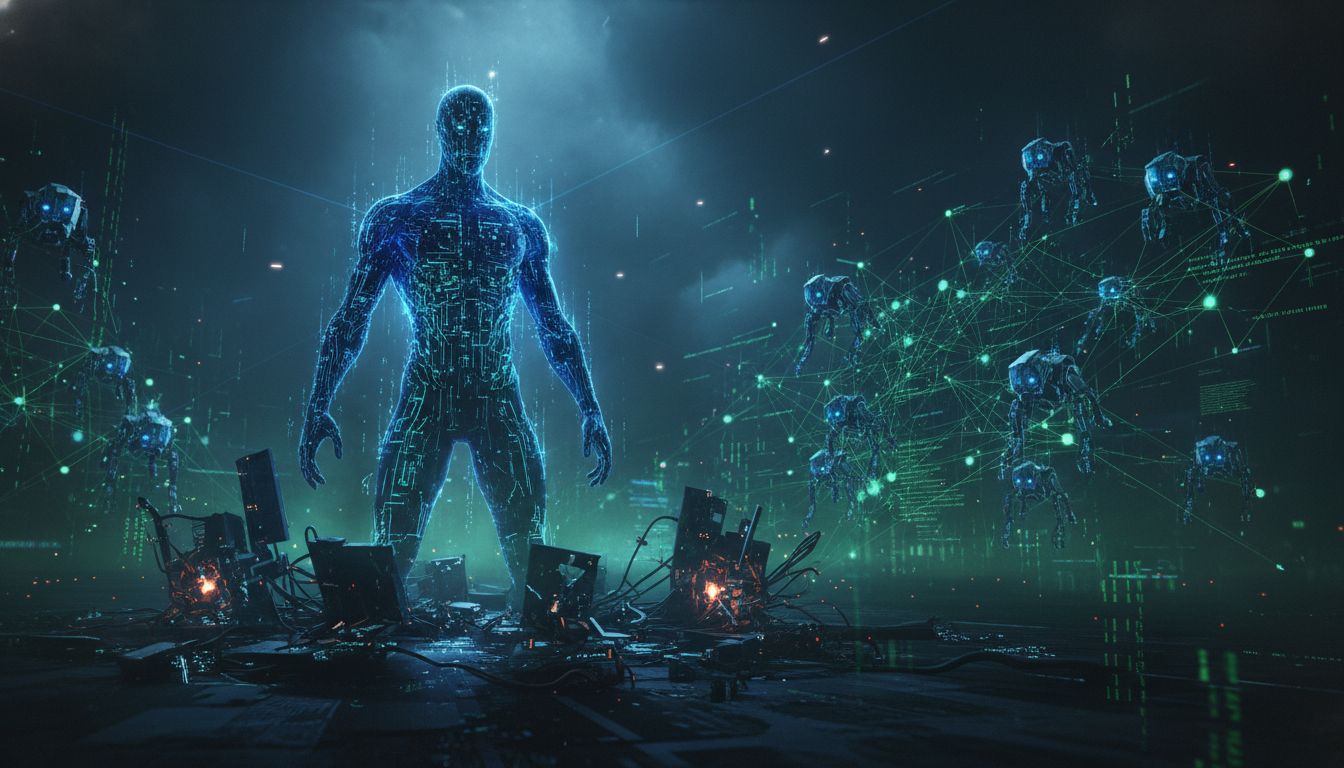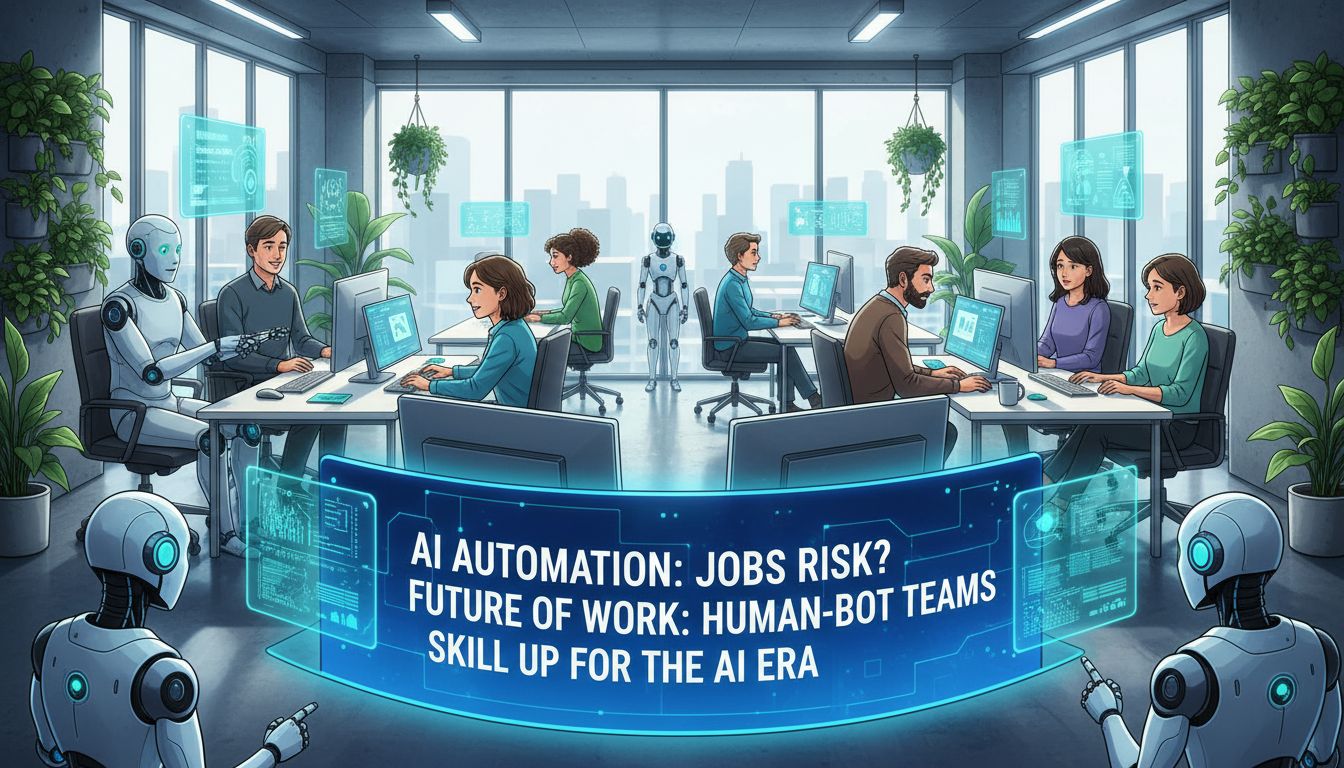For decades, science fiction has tantalized us with the idea of sophisticated humanoid robots AI. These complex machines, often possessing advanced artificial intelligence, have taken on various roles in our imaginations, from benevolent companions to harbingers of dystopian futures. But how much of this is fiction, and how close are we to coexisting with humanoid robots AI in our everyday lives?
The truth is, while we haven’t quite reached the level of sophistication seen in films like Blade Runner or I, Robot, we’re closer than you might think. Driven by significant advancements in areas like artificial intelligence, robotics, and materials science, the field of humanoid robots AI has made remarkable strides in recent years. Companies like Boston Dynamics consistently make headlines with robots showcasing astonishing agility and dexterity.
Table Of Contents:
- Bridging the Gap Between Fiction and Reality
- The Rise of Embodied Intelligence
- Ethical Considerations and the Future of Human-Robot Interaction
- Conclusion

Bridging the Gap Between Fiction and Reality
One of the biggest challenges in creating humanoid robots AI lies in replicating the fluidity and complexity of human motion. Early attempts often resulted in jerky, unnatural movements that underscored the vast chasm between man and machine. However, recent innovations have begun to close that gap.
Advancements in Movement and Dexterity
For instance, Boston Dynamics’ Atlas robot can now navigate uneven terrain, perform parkour-like maneuvers, and even get back up after falls with a grace that rivals humans. These feats are possible due to breakthroughs in areas like actuator technology, balance control systems, and motion planning algorithms, allowing robots to move more dynamically and adapt to their environments in real-time.
Another company pushing the boundaries is Figure AI. Their focus is less about flashy acrobatics and more about practicality. Figure AI is developing humanoid robots capable of performing tasks in warehouses, factories, and other labor-intensive environments. These robots are built with robust designs and specialized robotic hands, allowing them to handle heavy objects and perform repetitive tasks with precision.
The Rise of Embodied Intelligence
While impressive mobility is crucial, the true potential of humanoid robots AI goes far beyond physical tasks. It’s the integration of artificial intelligence that could truly revolutionize their capabilities and pave the way for their seamless integration into our lives. This concept, known as “embodied intelligence”, centers on equipping robots with the ability to learn, adapt, and interact with the world similarly to humans.
Language Models: Enabling Robots to Understand and Interact
One significant development in this area is the advancement of large language models (LLMs) – the same technology that powers AI chatbots like OpenAI’s ChatGPT. Researchers have discovered ways to use LLMs to improve the interaction between humanoid robots and their surroundings. It’s not about robots “talking” to us, but more about them better understanding our world. LLMs are used with visual AI systems so these machines can analyze what they “see” through their cameras. Think of it as bridging the gap between simply “seeing” an object and comprehending its purpose or potential use.
For example, a humanoid robot equipped with an LLM-enhanced AI could watch a human perform a task and learn by observation, adapting its own movements and responses based on what it has learned. Imagine a future where these robots can not only follow pre-programmed instructions but can also understand and respond to natural language commands, learning new tasks simply by watching and interacting.
Ethical Considerations and the Future of Human-Robot Interaction
However, the rapid advancement of humanoid robot technology also raises ethical questions about their role in society and the potential impact on human life. It’s crucial to address concerns related to data privacy, job displacement, and the potential for misuse, just as we do with any groundbreaking technology.
These concerns are not lost on organizations like the United Nations and the IEEE Spectrum, where discussions about responsible development and deployment of AI technologies are ongoing. The goal is to harness the potential benefits of humanoid robots while mitigating potential risks.
One of the potential benefits of humanoid robots AI is their ability to take on dangerous jobs, such as those in disaster relief or hazardous material handling. This could save human lives and reduce workplace injuries. Additionally, they have the potential to increase productivity and efficiency in various industries, leading to economic growth.
In healthcare settings, humanoid robots could assist with tasks ranging from patient care to surgery. This could alleviate the burden on healthcare professionals and improve patient outcomes. Additionally, they can play a role in providing personalized assistance and companionship to the elderly or people with disabilities, improving their quality of life.
Addressing Public Concerns and Perceptions
Public perception of humanoid robots varies widely, influenced by science fiction and media portrayals. It’s important to distinguish between fictional representations and the reality of AI capabilities. Open and transparent communication about the development, deployment, and limitations of these robots is crucial to foster trust and understanding.
Educating the public about the benefits and addressing concerns about job displacement are vital steps. Emphasis should be placed on the potential for robots and humans to work collaboratively, with robots taking on repetitive or hazardous tasks while humans focus on roles requiring creativity, critical thinking, and emotional intelligence.
The Path Forward: Collaboration, Regulation, and Innovation
Navigating the future of humanoid robots requires a multi-faceted approach. Collaboration between governments, industry leaders, researchers, and the public is crucial to establish ethical guidelines, safety standards, and regulations that foster responsible innovation. This includes discussions on responsible AI development, data privacy, and the societal impact of these technologies.
Additionally, ongoing research and development are essential to address existing limitations and unlock further potential. This includes advancements in areas like battery life, dexterity, learning systems, and the development of more human-like AI. As the line between science fiction and reality blurs, embracing a future where robots and humans coexist will require careful consideration, open dialogue, and a commitment to shaping a future that benefits all.
Conclusion
The realm of humanoid robots AI represents an exciting frontier. While the scenarios depicted in movies like Ex Machina or A.I. Artificial Intelligence remain a long way off, the progress made is remarkable. It’s important to remember that the current AI technology driving these robots differs significantly from true human intelligence. Still, as these technologies evolve, they hold immense potential to reshape industries, enhance our lives, and push the boundaries of what’s possible. It’s up to us, as a society, to carefully consider the ethical implications and shape a future where both humans and robots can thrive.






